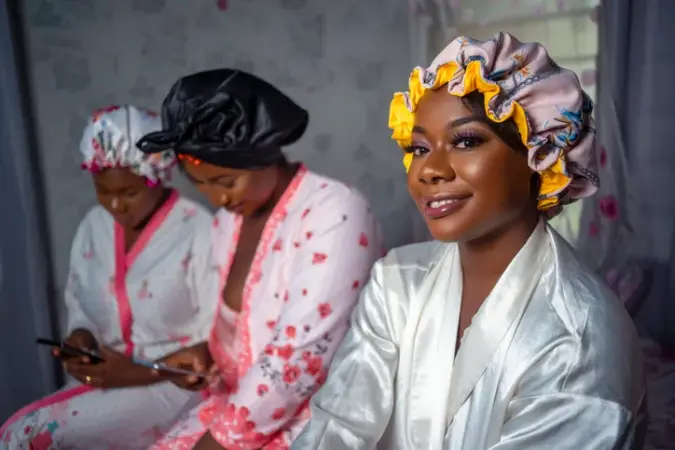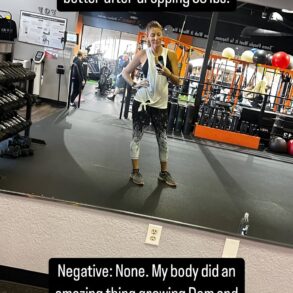
Step aside durags and blinged-out teeth, another staple of Black culture has entered the mainstream lexicon. Bonnets are the latest in a seemingly never-ending series of cultural regalia to be embraced (or co-opted) by non-Black women.
On TikTok, numerous women have been gleefully explaining their decision to use bonnets and addressing the proverbial elephant in the room: Why are white girls wearing bonnets?
To take a step back, it’s important to acknowledge that bonnets, especially in recent years, have taken on a life of their own when it comes to their role in the cultural zeitgeist. The protective hair covering has become the center of many debates regarding respectability and what is socially acceptable to wear outside. Still, its functionality cannot be understated, and at its core, a bonnet is meant to protect the hair from the friction and tension of a good night’s rest while preserving your hairstyle and minimizing breakage.
Those with coiler hair textures are typically more prone to friction-related breakage, which answers to their particular popularity within the Black community. Still, it is true that all hair types can benefit from the host of anti-breakage benefits afforded by bonnets.
But much like durags, bejeweled teeth and other microcosms of streetwear, bonnets have not always been well received, harboring associations with unkemptness when worn in public, causing quite a number of digital debates online regarding whether or not it is “appropriate” to wear one in public.
Dissenting opinions aside, an argument can and has been made for their practicality for quick errands, traveling or other circumstances where you want to preserve your style. Furthermore, the disdain toward public appearances of bonnets is inextricably linked with the idea that Black women need to have their hair done at all times, a byproduct of the incessant politicization of Black hair. Unlike durags, though, bonnets never really made it into the pop culture style either within the Black community or otherwise which can be traced back to several factors with misogynoir being the most likely culprit.
Now that the usefulness of bonnets is being broadcasted, however, it will be interesting to see how and if public perceptions shift. Will wearing a bonnet in public continue to be a societal faux pas, or have we entered an era where it will be regarded with the same casualness as a messy bun or other generally accepted lounge-esque hairstyles?
This post was originally published on this site be sure to check out more of their content.








